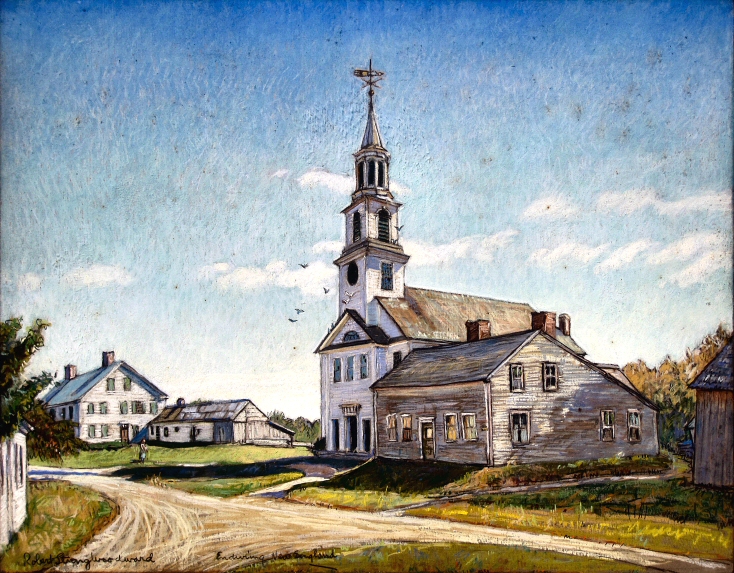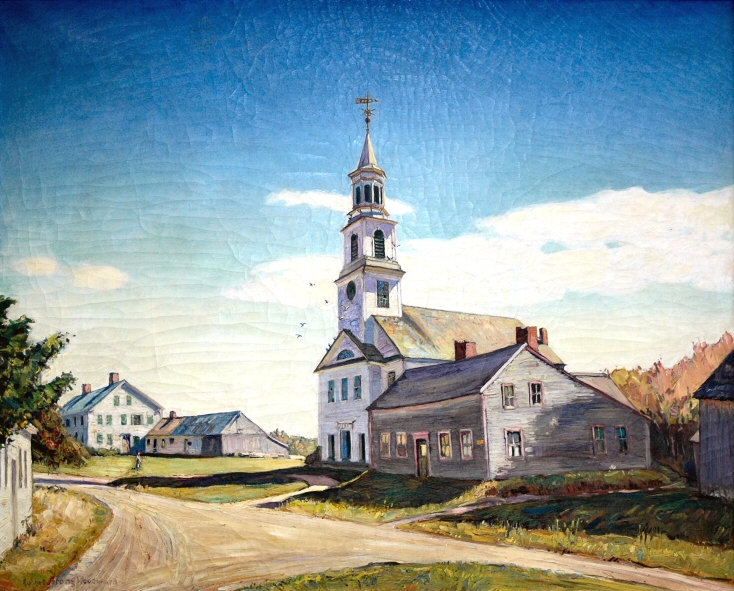Quick Reference
Around 1930 or '31
Marlboro, VT
Pastel on Board
Landscape
Churches & Cemeteries
22" x 29"
Unknown
Unknown
NA
Related Links
- See also the...
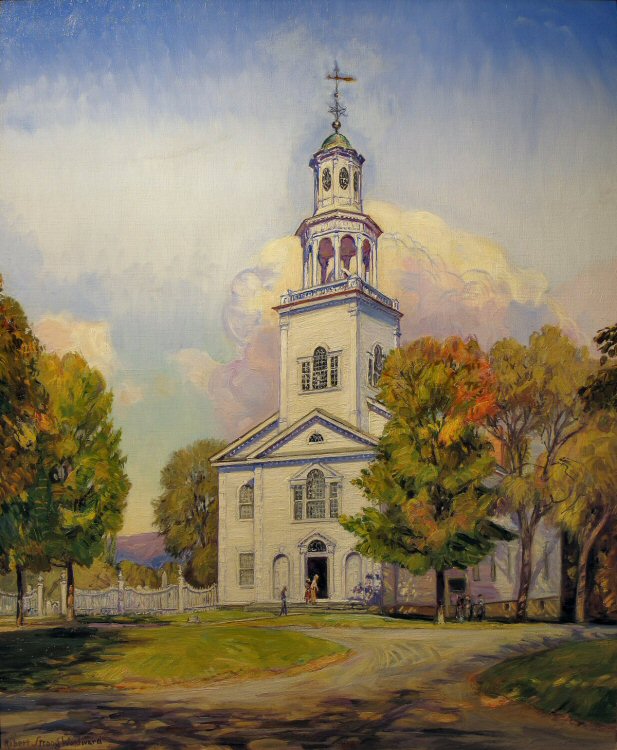 Churches & Cemetery Gallery to view related pieces.
Churches & Cemetery Gallery to view related pieces.
- See also the Roads & Streets Gallery to view related pieces.
- See also the...
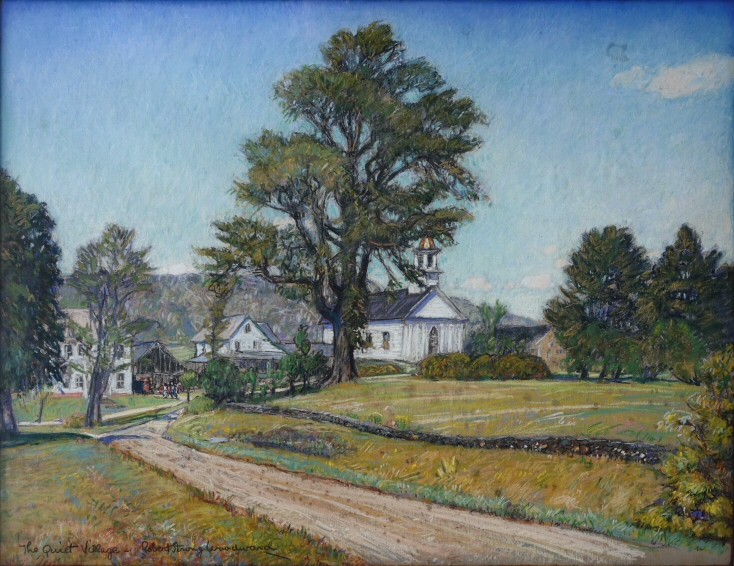 Villages Gallery to view related pieces.
Villages Gallery to view related pieces.
- See also Marlboro Church
- See our page devoted to ...
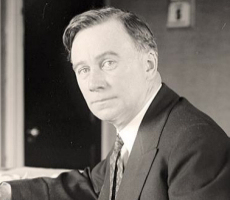 commission sponsor Francis Garvin
commission sponsor Francis Garvin
- See also the oil painting of Enduring New England.
Featured Artwork: Enduring New England, Chalk
RSW's Diary Comments
 Woodward did not include chalk drawings in his painting diary.
Woodward did not include chalk drawings in his painting diary.
Diary Comments from the oil painting, Enduring New England
"Painted around 1930 or '31. Painted at Marlboro, VT of the rare old church there, built in revolutionary times. Made this 40" x 50" at the spot in the car. Exhibited very generally about the country. One of the very few of the church canvases gotten down to Macbeth's in time for Mr. Francis B. Garvan to see before his sudden and untimely death. He bought it and presented it to the Yale Museum of Fine Arts in New Haven, Conn. where it hangs in their permanent collection--- the only one of many of mine which were to hang there--- had not Mr. Garvan died. A year after I painted this, the old church burned and my painting of it seen at the Grand Central Art Galleries, was used partly as pattern to build a new but smaller replica in Marlboro."
Additional Notes
Normally we would not know what came first the chalk drawing or the oil painting but in this case, since Woodward specifically
mentions painting the scene from the rear seat of his car (the 1929 Nash V6 Phaeton ). He either did a quick version of the chalk from
the scene or shortly after he returned to the studio. It is also very likely he returned to the scene a couple of times to complete the oil
painting and made the chalk on one of those visits.
There are slight differences between the chalk and the oil painting.
For instance, the clouds are different in the chalk than the oil and oddly the chalk is darker which is usually the other way around. This
could be attributed to the fact there is obvious mold staining in the chalk. A problem in a number of chalks from this time due to improper
storage that allowed moisture to infect some of the pastels.
The chalk is also markedly more impressionistic than the oil.
Perhaps that is due to the quickness to which Woodward made it. He simply did not take the time to blend as he most often did. This pair
of chalk and oil paintings are one of only 2 other pairs we have demonstrating how similar Woodward merged the mediums. How close
they resemble each other. The pairing of, When Autumn Comes and
A Clear September Day can hardly be told apart from each other. Visit
their pages for more, including a side-by-side comparison as well as an overlay of one on top of the other as an example.
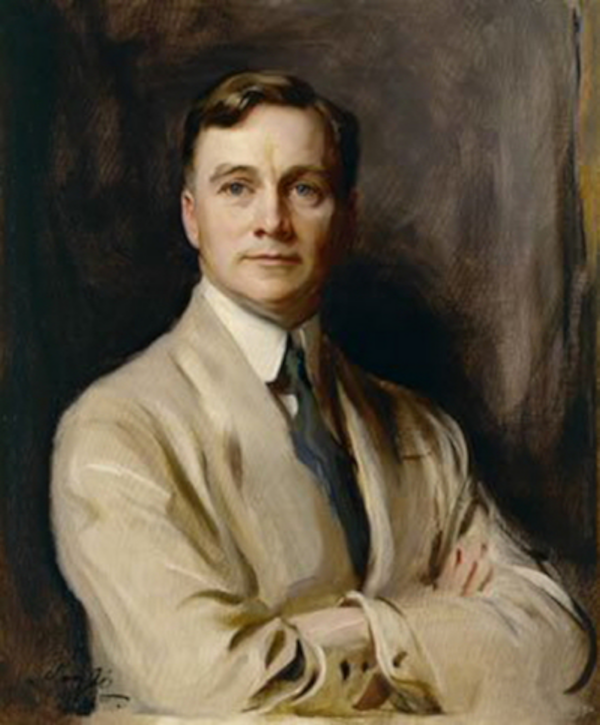
 Portrait of Francis P. Garvin by
Portrait of Francis P. Garvin by
Hungarian artist Alexius de Laszlo
Enduring New England, oil, was purchased by Francis P. Garvin from the Grand Central Art Galleries (NYC) and immediately given to the Yale University Art Museum to be included with a collection of 10,000 pieces of early American furniture, decore, and silverware under the name of his wife, Mabel B. Garvin. After the church in Marlboro burned in 1931, Garvan proposed a commission to Woodward for him to paint a series/study of historic and architecturally significant churches and homes throughout New England. Woodward accepted the commission and from 1932 through 1937 made several paintings. Unfortunately, Mr. Garvan died in 1937 and Mrs. Garvan refused to honor the commission leaving Woodward stuck with a number of paintings he would not normally have made. Neither this chalk nor the third painting of the same scene, Marlboro Church, were part of the comission. For more on this subject, visit our Painting Story essay in the Scrapbook.

.png)
